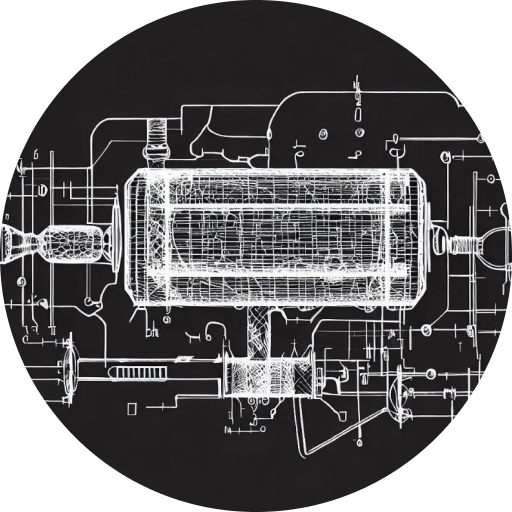A Guide to Removing Your Vehicle’s Catalytic Converter
Introduction:
Removing a catalytic converter from your vehicle is a significant decision that requires careful consideration. While there may be certain circumstances where removing the catalytic converter becomes necessary, it’s important to note that this action may have legal and environmental implications. Before proceeding, we strongly advise consulting local regulations and considering alternative options to address any issues you may be facing. For comprehensive information on catalytic converters and related topics, visit the Catalytic System website (https://www.catalyticsystem.com).
Step 1: Research Local Regulations
Before removing your vehicle’s catalytic converter, it’s crucial to research and understand the local regulations and laws governing the removal of emissions control devices. Some areas prohibit the removal or tampering with catalytic converters, while others may require compliance with specific guidelines or certification processes. Ensure you are aware of the legal implications and potential penalties associated with catalytic converter removal in your location.
Step 2: Assess the Reasons
Evaluate the reasons behind considering catalytic converter removal. Is it due to a malfunctioning or damaged converter, or is it for performance or customization purposes? Understanding your motives will help you explore alternative solutions that can address your specific needs while complying with regulations. It’s recommended to consult with a professional mechanic or exhaust specialist to explore potential alternatives and find the best course of action.
Step 3: Consider Aftermarket Options
If performance enhancement is your primary goal, consider exploring aftermarket catalytic converters that are designed for improved flow and performance while still maintaining emissions compliance. These aftermarket options are specifically engineered to provide better performance without compromising environmental standards. Research reputable manufacturers and consult with automotive professionals to find suitable aftermarket catalytic converters for your vehicle.
Step 4: Seek Professional Assistance
If you decide to proceed with catalytic converter removal, it’s strongly recommended to seek professional assistance. Removing a catalytic converter requires expertise and specialized tools to ensure the process is performed safely and without causing damage to your vehicle. Professional mechanics or exhaust specialists have the knowledge and experience to handle the removal procedure correctly and can provide guidance based on your specific situation.
Step 5: Keep the Removed Converter Safely
If you remove the catalytic converter, it’s essential to store it safely and responsibly. Catalytic converters contain precious metals and can be targets for theft. Keep the removed converter in a secure location to prevent theft and dispose of it properly at a certified recycling facility. Check local regulations and guidelines for the proper disposal or recycling methods for catalytic converters in your area.
Step 6: Revisit Emissions Compliance
After removing the catalytic converter, it’s important to reassess your vehicle’s emissions compliance. Some regions require periodic emissions testing or inspections, and the absence of a catalytic converter may cause your vehicle to fail these tests. Explore alternative solutions, such as retrofitting with a compliant catalytic converter or installing an emissions control system that meets local requirements.
Conclusion
Removing a catalytic converter from your vehicle is a decision that should not be taken lightly due to legal and environmental considerations. We strongly recommend consulting local regulations, seeking professional assistance, and exploring alternative options before proceeding with catalytic converter removal. For more information, we recommend reading the following articles:
– “Has Your Catalytic Converter Been Stolen? Here’s How to Tell” at [https://www.catalyticsystem.com/has-your-catalytic-converter-been-stolen-heres-how-to-tell](https://www.catalyticsystem.com/has-your-catalytic-converter-been-stolen-heres-how-to-tell).
– “Who Buys Catalytic Converters? A Guide to Selling Used Catalytic Converters” at [https://www.catalyticsystem.com/who-buys-catalytic-converters-a-guide-to-selling-used-catalytic-converters](https://www.catalyticsystem.com/who-buys-catalytic-converters-a-guide-to-selling-used-catalytic-converters).
Remember to visit the Catalytic System website (https://www.catalyticsystem.com) for comprehensive information on catalytic converters and related topics.
- Upgrade Your Honda Accord with the Best Catalytic Converter for Enhanced Performance - October 30, 2023
- Boost Your Chrysler 300’s Performance with a High-Quality Catalytic Converter - October 30, 2023
- Enhance Your Jeep Liberty Performance with a Catalytic Converter - October 30, 2023









